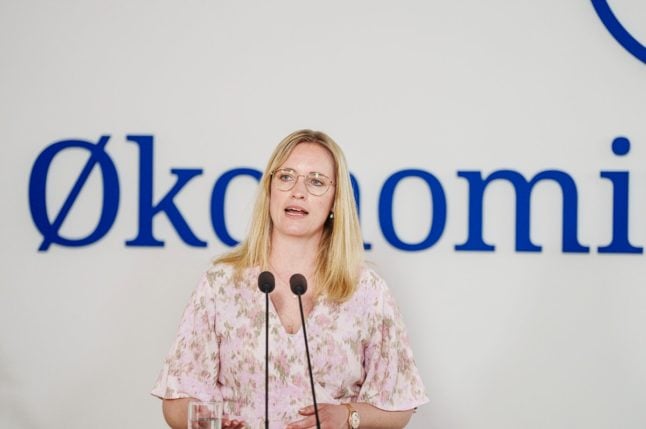The rise comes after the families saw their combined wealth drop by 89 billion kroner between 2021 and 2022 as a result of the Covid-19 pandemic. Last year’s drop followed a ten-year stretch when their combined riches rose every year.
According to the magazine, more than two-thirds of last year’s increase came down to strong performances by companies owned by just three of the families, with these three accounting for 110bn kroner of the 141 bn kroner increase.
“Behind the total increase in wealth for the 100 richest Danish families lies a very uneven picture,” the authors of the study write.
“Almost the entire increase in total wealth comes from the increase in wealth of three families, namely from the Kirk Kristiansen family, which own Lego, who have increased their private wealth by 63 billion kroner, the Clausen family behind Danfoss, who have become 29 billion kroner richer, and finally, the Østergaard family, behind Selfinvest, which has increased its wealth by 18 billion kroner.
The Kirk Kristiansen family is currently the richest family in Denmark, worth 318.2 billion.
The Holch Povlsen family, which is behind the Bestseller retail empire, sits in second place with a 83.3 billion kroner, despite seeing a 10bn kroner drop in their fortune between 2022 and 2023.
The Clausen family came in at third place, after their headline wealth increased by 65 percent in a single year.
The magazine pointed out that the bottom 90 of the hundred families had only seen their wealth increase by 23 billion kroner.
"This reflects the fact that for many of the companies things have gone well, but not excellently," they wrote.




 Please whitelist us to continue reading.
Please whitelist us to continue reading.
Member comments